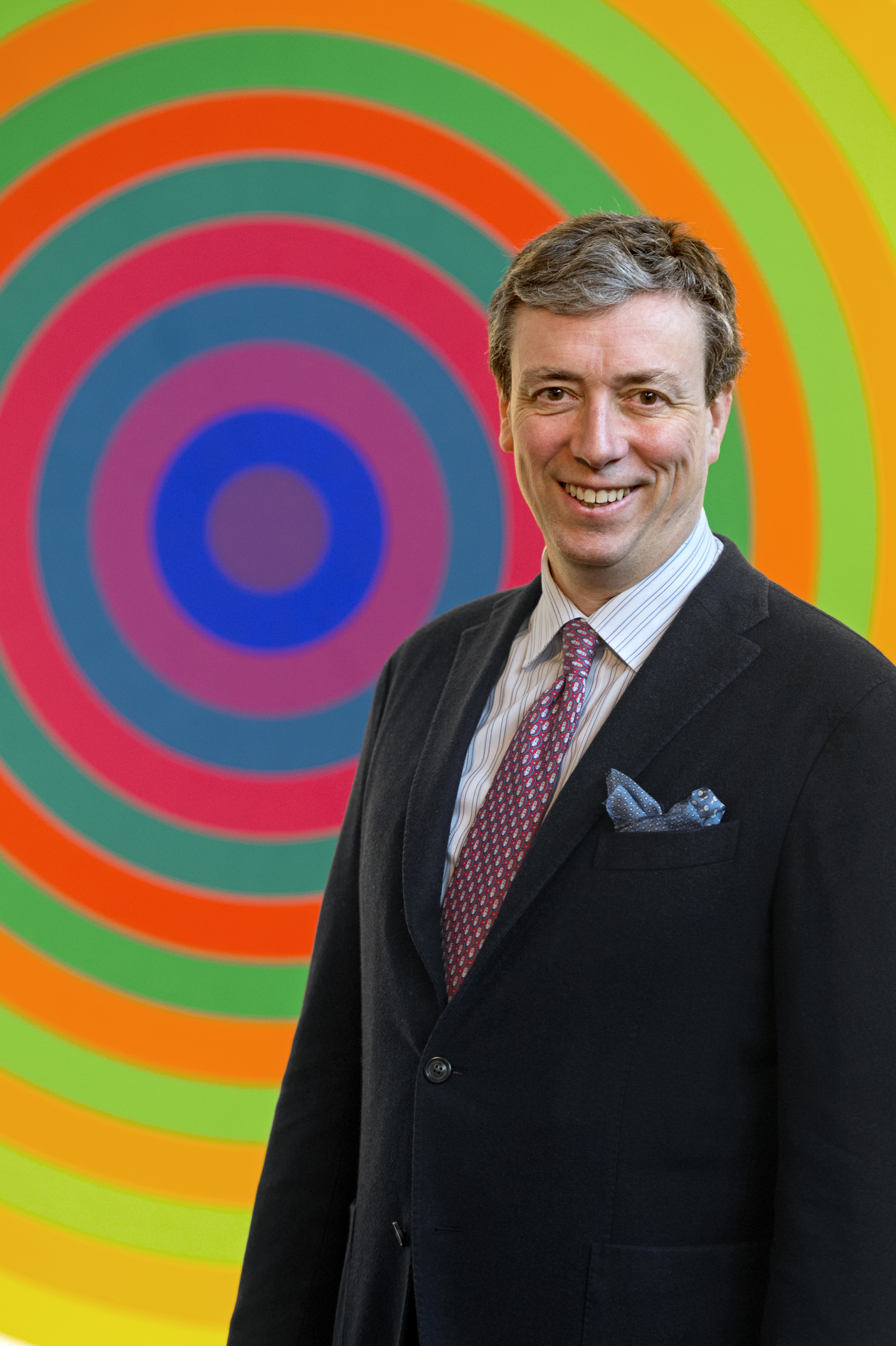
In preparation for New York Art Week, we checked in with Harold t’Kint de Roodenbeke, the chairman of BRAFA, one of the world’s oldest art fairs, to ask what the future of the institution was. Fresh off the heels of the 63rd edition in Brussels, the chairman stressed quality over quantity was key to longevity as well as an eye for adaptation.
Over the past decade, the number of art fairs has grown from 20 to 160+. How can fairs continue to attract and international audience as the calendar gets tighter and tighter? I think what makes the success of an art fair is first of all the quality of it's exhibitors, the works of art presented, its organisation and welcome provided to visitors. There are more and more art fairs, that is true, but future will tell how many will still be there in 10 years time. An art fair needs to have a strong ’local’ public that comes every year, that supports the event and follows it. And the organisers have to build on that ‘local’ base to enlarge the audience. I also think the personality of an art fair sets it apart from others. For BRAFA its overall high quality, clever eclecticism, openness and warm atmosphere. I could resume it in a slogan : ‘Come to BRAFA, enjoy top quality art and feel relaxed’.
How would you describe the loyal BRAFA attendee? Many exhibitors, especially from abroad, praise the high artistic knowledge of the BRAFA attendees. It probably comes from the fact that Belgians are natural-born collectors, it flows in the blood! Art is also present everywhere in Belgium, we have such a high density of high quality museums and collectors.
BRAFA is truly a catholic fair. As encyclopedic museums like the Metropolitan in NY begin to cater to their board’s appetite for contemporary market, do you see the fair shifting its focus in the future in order to attract new audiences? Actually, we opened a true contemporary art section (of the first market) in 2016 and 2017, which now has about 10-12 strong specialists. For every one candidate that applies to the fair in ancient art we are receiving around 6 or 7 in modern and contemporary art. That is a fact. Part of our public disapprove of this evolution, as they feel we are getting too modern and contemporary for them. But we reply saying that its the evolution of the market, and an art fair like BRAFA has to mirror this - it would be a mistake to think that art fairs are making trends I think. But we want to keep the contemporary art presence at BRAFA at it is now, we don’t want to make it any larger. We want a balance between our different specialties, and still want to show ancient art. A good question would be how the ancient art specialists have to adapt themselves to today’s reality, and how to remain attractive to modern and contemporary art lovers. That is a challenge, but a fascinating one as well!
As online platforms become more relevant to the art and antiquities markets, do you see BRAFA doing more programing in the digital space? We are very present and active on the social media, and I’m sure that we are attracting new audiences thanks to that. Many colleagues also sell pieces as soon as we put our catalogue online, a few weeks before the fair starts. These platforms are certainly worth taking into account, but I remain convinced that the physical contact with the art works and the art dealers remains essential to the art market. We are not selling shoes, clothes or cars but history, emotion and genuine craftsmanship, in a word 'human thoughts and creations'. Art is at first, emotion and feeling, something that one cannot experience behind a laptop screen.



